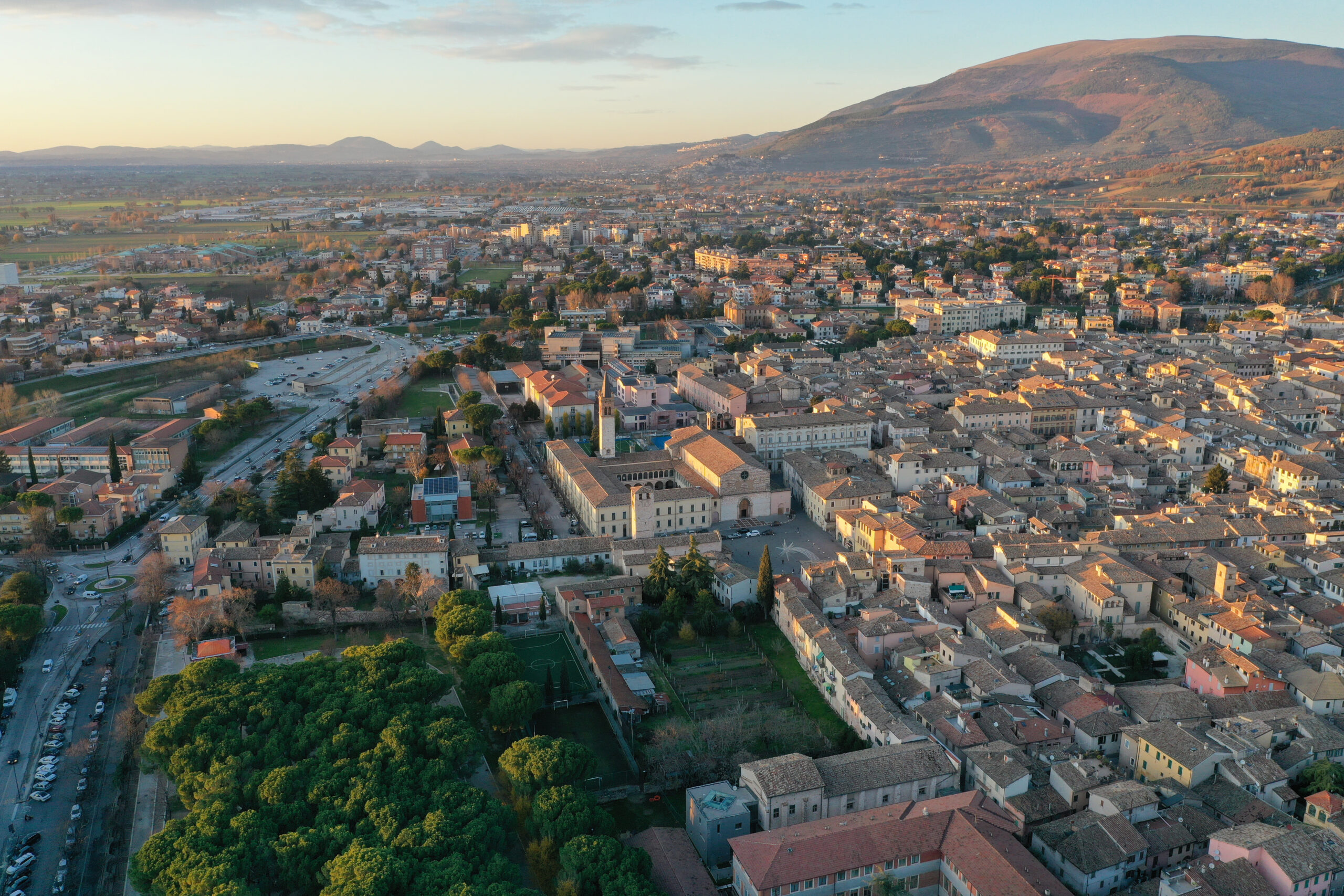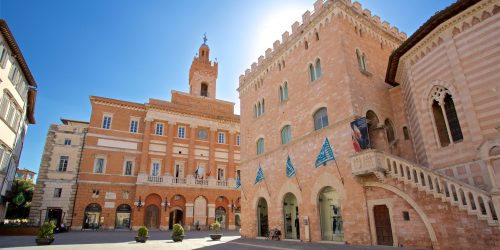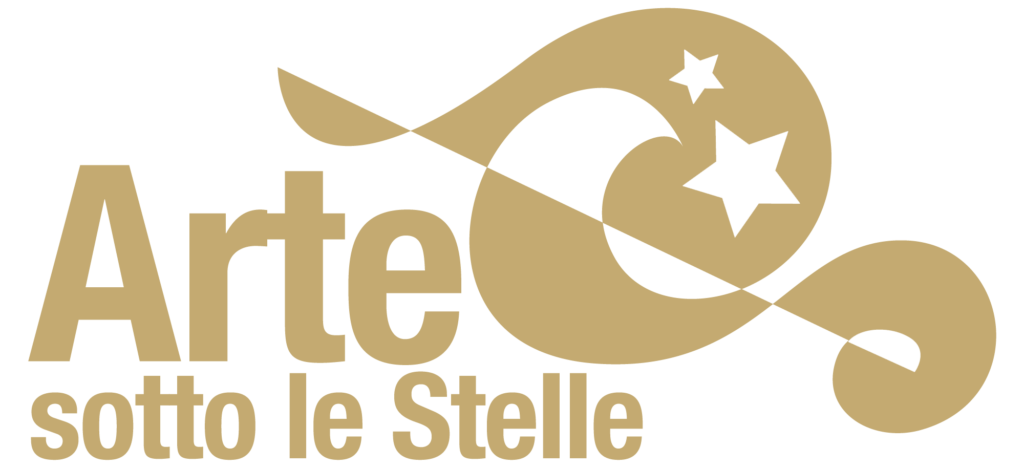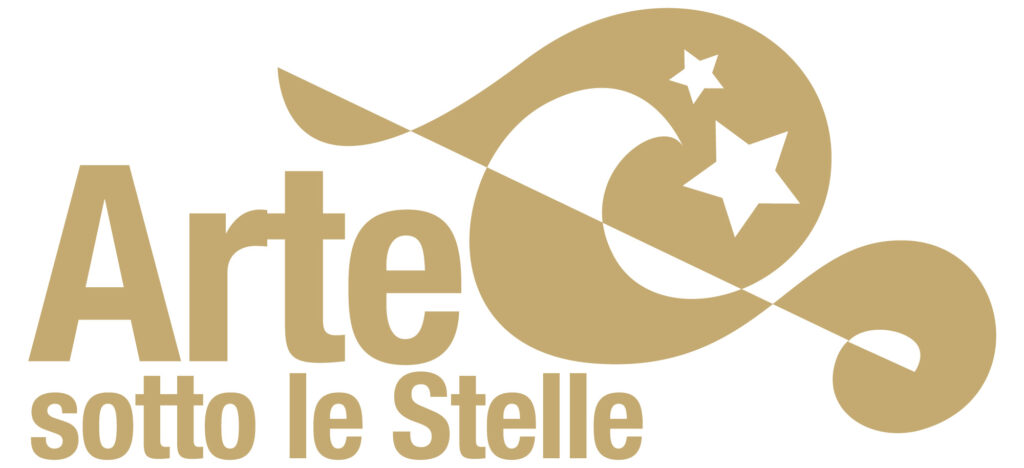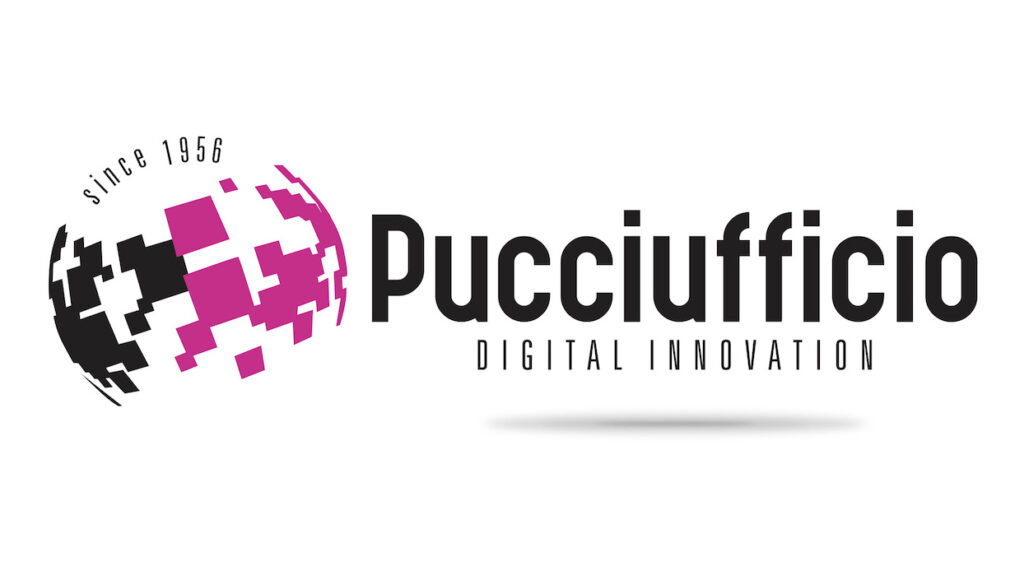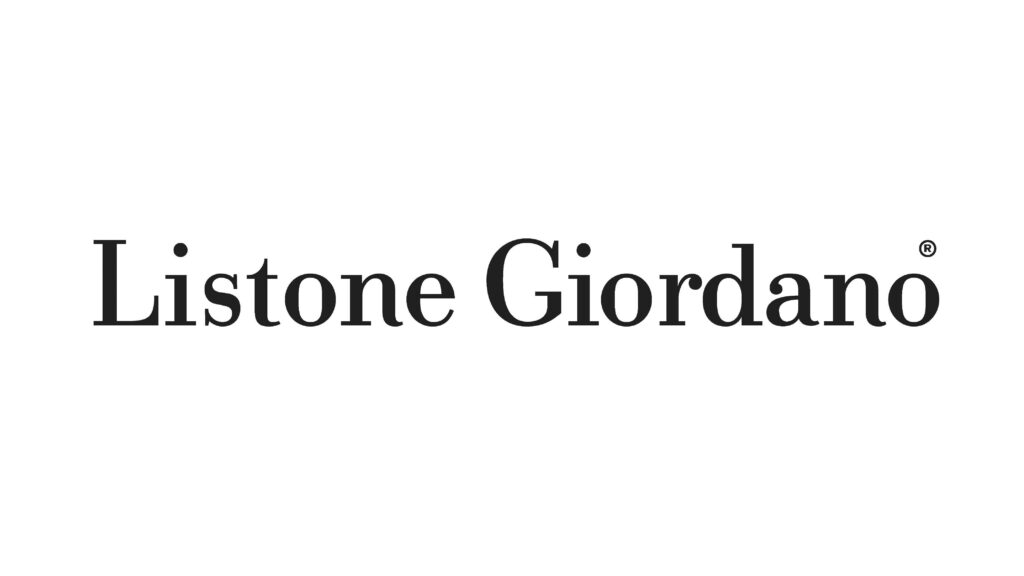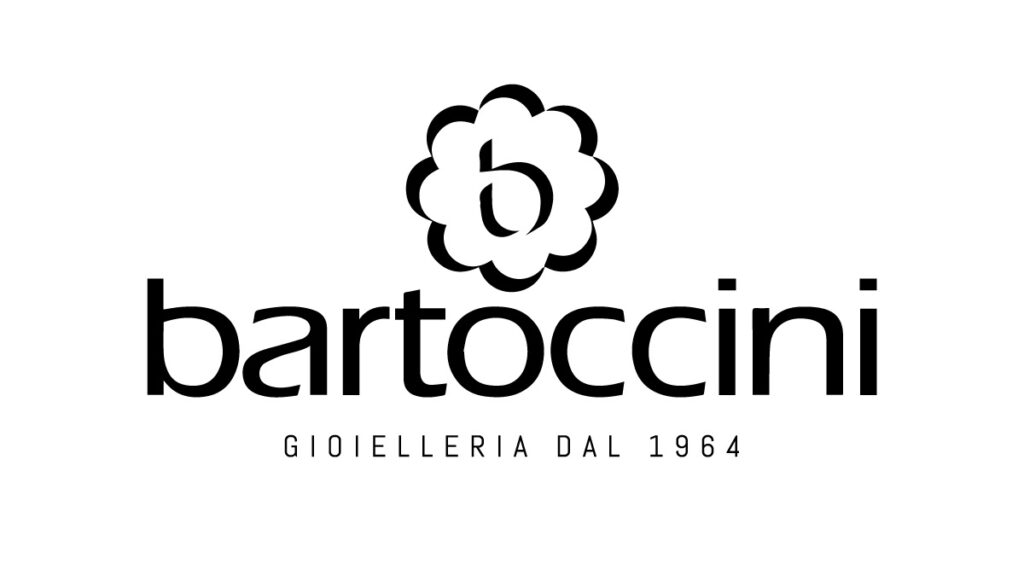Comune di Foligno
Il fiume Topino lambisce le mura del versante nord, mentre un suo ramo interno, in cui sopravvive l’antico corso, attraversa la città in alcuni dei suoi angoli più caratteristici, dove un tempo erano attivi antichi opifici. A ridosso delle mura gli orti, al di là delle porte le piazze intorno a cui si affacciano i monumenti più ragguardevoli.
Uno dei monumenti più significativi, oggi musealizzato, è il tardogotico Palazzo Trinci, abitato nel Quattrocento da una delle famiglie più influenti dell’Umbria prima di subire una damnatio memoriae, i Trinci, i quali si circondarono di artisti di grande fama già all’epoca, tra cui Gentile da Fabriano.
Come attestano iscrizioni e tradizioni religiose, il territorio di Foligno fu in origine abitato da popolazioni umbre, mentre in altre parti della regione si stanziarono gli etruschi. Con la realizzazione della via Flaminia, il luogo fu dominato dai Romani e l’etimologia del nome sarebbe da collegarsi all’esistenza del culto della dea latina Fulginia. L’area occupata dalla città romana doveva situarsi a nord dell’attuale centro, come provano ritrovamenti di necropoli e domus.
Inclusa nel Ducato di Spoleto, longobardo, Foligno subì poi le incursioni barbariche e probabilmente venne abbandonata, con nuovo stanziamento della popolazione sul Colle di San Valentino, ad est della città, dove esisteva un insediamento oggi scomparso. I resti rinvenuti nella località dove si pensa sorgesse Fulginia, sono di edifici di età romana e di tombe di età romana e preromana: le domus in proprietà De Gregori, in Via Costantíni, in Via Liverani e presso il Ponte d’Antimo, un’insula presso la stazione ferroviaria, resti di un anfiteatro e di un acquedotto, i reperti rinvenuti attestano il maggiore sviluppo del centro di Fulginia per la prima età imperiale.
Il nome del colle venne accompagnato per tutto il medioevo dall’appellativo di Civitavecchia, forse per distinguere la città vecchia dalla nuova sorta a ridosso del fiume Topino, sulla tomba del martire Feliciano.
San Feliciano è appunto l’antichissimo patrono della città: intorno alla sua tomba fu eretto un nucleo edilizio che fu dapprima il Castrum e poi la Civitas S. Feliciani. Nel XII sec. nacque il Comune.
Dimostratasi ghibellina, dovette subire nel 1253 un duro assedio da parte di Perugia. Nel 1264 tornarono a prevalere i ghibellini capitanati da A. Anastasi. Dal 1305 al 1439 i Trinci instaurarono nella città il loro potere come vicari pontifici.
Rotta l’intesa col papato Eugenio IV fece assediare Foligno nel 1439 dal cardinale Giovanni Vitelleschi, ponendovi a capo un governatore pontificio. Dal 1798 al 1799 e dal 1809 al 1814, subì la dominazione francese.
Foligno partecipò al movimento risorgimentale. Nell’ultimo conflitto venne sottoposta a bombardamenti e fu centro attivo nella lotta di liberazione.

